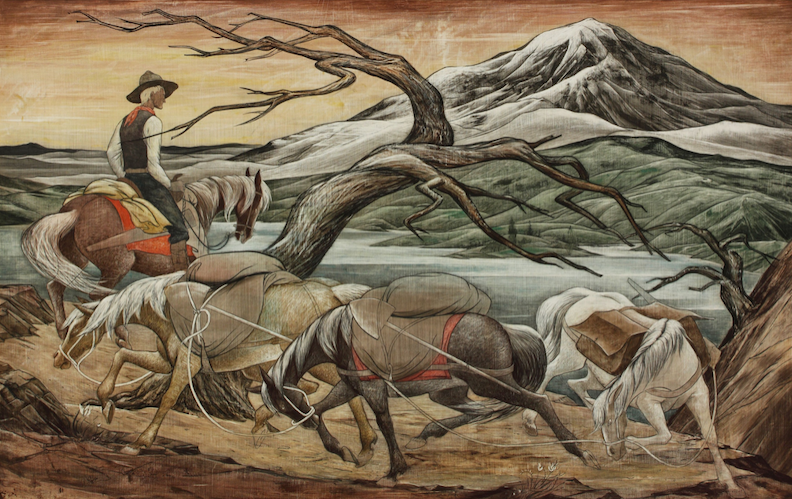Collect Like a Pro
From genealogy searches to knowing how to sniff out pinnacle works of art, adopting the habits of serious collectors can make you a more savvy collector.
No big surprise here: art collectors are a curious breed. Curious for many reason but one of my favorites is that many believe they were born collectors, like it’s a genetic thing. (OK, personally, I kind like this theory; it makes me sound less like a common hoarder and more like, well, an eccentric hoarder.)
Collectors are also quite rare. According to research by Larry’s List published in 2015, there are just 8,000 to 10,000 art collectors in the world. The world. Seriously, there are like a bazillion people in the world, give or take, so you do the math.
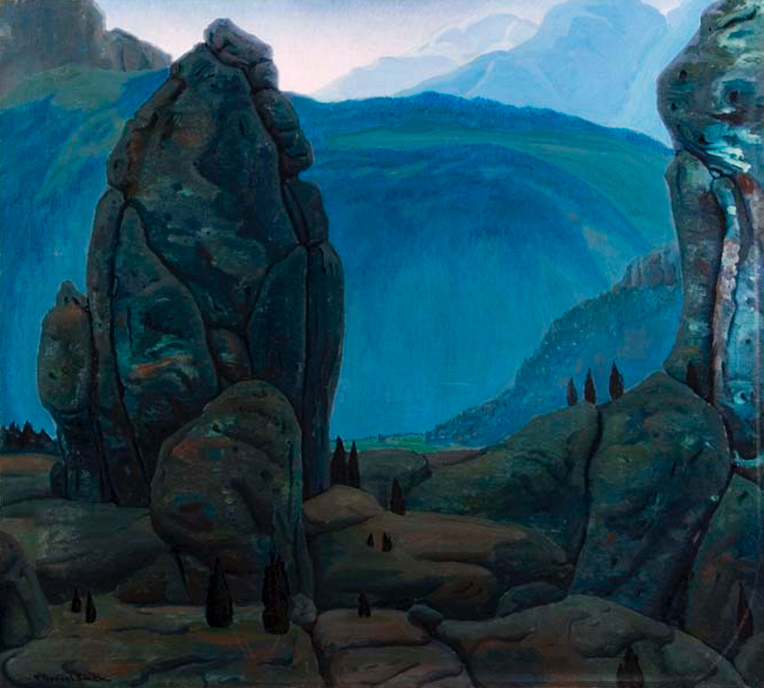
By “collector,” I’m talking about people who are avidly putting together a body of work that has a focus. Often their collected works far exceed their wall space, which doesn’t phase them. Collectors are in hot pursuit of the perfect object, always, whether they’re looking or not. And, yes, they’re always looking.
There are, of course, lots more people who buy art to have a few nice things. Their buying habits are a little different than the highly dedicated collectors and range from making impulse purchases while on vacation to buying because they met the artist at an event and really like him or her.
Some buyers work with advisors or interior designers and get things that, well, match the drapery. I’m not knocking drapery or saying you’re not a real collector if you aren’t buying with some lofty goal in mind; art speaks to us all and, heck, if it happens to tie the whole room together–bonus! (OK, now I’m thinking of Jeff Lebowski’s rug, the one that tied the room together…. But I digress.)
Desperately Seeking Art Wonks
Because I love the diehards, the wonks, the nerds, and the poor souls who fall down the rabbit hole of any creative pursuit for days on end, this blog is all about what makes the hardcore art collector tick.
ARTISTS: My hope is that this will help you better understand what collectors are looking for when they buy.
ART BUYERS, PATRONS AND ENTHUSIASTS: read on for some great ideas that might help you in your own pursuit.
And so, to tackle the ins and outs of building a collection, I called on long time Denver art collector, Rob Lewis, who believes that anyone not born a collector has a hard time understanding the passion of those who are and that at the heart of the collector is an unquenchable thirst for knowledge. Amen to that.
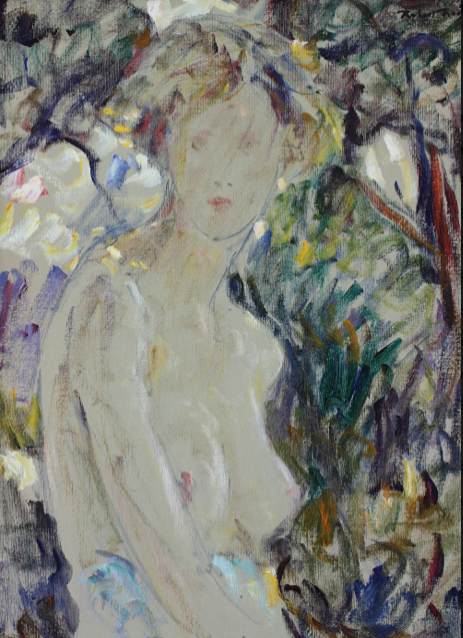
Finding Your Niche
According to Rob, the most natural place to start a collection is with things you love. Truth be told, I’m not the biggest fan of this approach as a stand-alone and write about some ways to avoid making too many costly mistakes early on. Check out: Buy What You Love or…Try This Approach Instead for ways to help refine your search.
But, at the end of the day, buying what you love and what most intrigues you is exactly how Rob started collecting, and is his best advice for novice collectors.
He went on to say that when you buy what you love, the objects you collect are imbued with personal meaning; they tell a story. Over time, these objects come to connect your life emotionally, aesthetically, intellectually, and financially.
He delineates art buyers from serious collectors in this manner:
“Collectors don’t buy things to decorate their home or office; we collect to fill our lives.”
Rob discovered his passion for the American West not long after moving to Denver. “I wanted to learn about the art that was being created in this region during the 20thCentury. It was perennially overlooked and under-appreciated. The more I learned, the more I realized that there was an incredible body of work that was readily available. I started in the early 20th century with post-impressionism and followed the progression of Modernism to Abstract Expressionism.”
Over time, he learned to discern the quintessential examples by artists from each era. Along the way, he says he’s made many mistakes but that every mistake was an important learning experience.
It’s also expanded his world in ways he hadn’t expected when he started. “One of the most valuable benefits of collecting has been the acquaintances I’ve made. Artists, family members, scholars, curators, dealers, and most especially, other collectors. I’m truly grateful for all those who have shared their knowledge and friendship with me.”
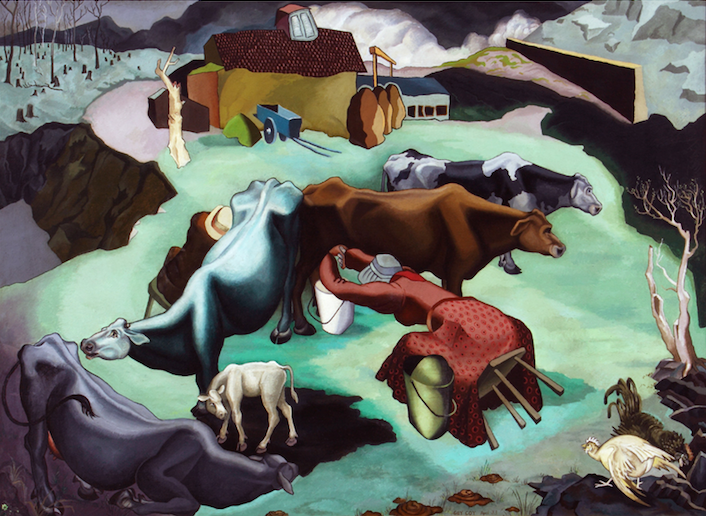
Check out the website, Modernist West, to see more of his dedicated collection.
Good, Better, Best : Becoming a Connoisseur
Developing a great eye and aesthetic sensibilities comes with time and exposure to art through reading, visiting museums, attending lectures, and talking to experts such as curators, dealers, and other experienced collectors. In my experience, I’ve found that people in the art community are very giving with knowledge, if you ask, but they can suss out the folks who aren’t in it for the right reasons. More on this later.
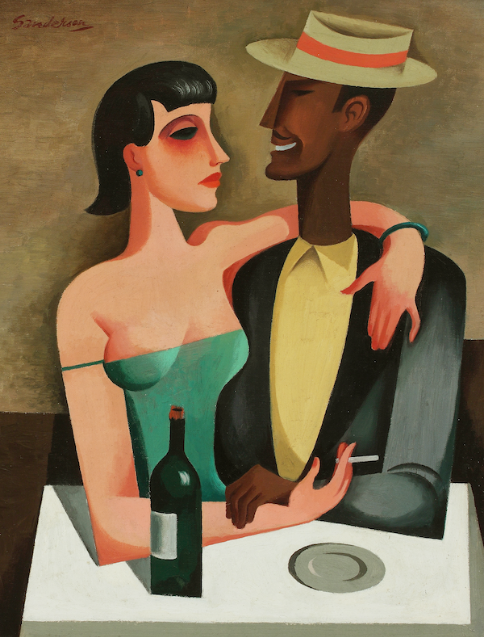
“I think the art of collecting is connoisseurship,” Rob said. “You learn to distinguish between good, better, and best by looking at objects and learning why one is better than another.”
Think of connoisseurs as the ninjas of collecting; they have the ability to see which objects among an array of similar things are superior. Part of developing this knowledge comes with understanding the evolution of an artist’s career. Early on, an artist emulates his or her teachers. A connoisseur knows this and avoids buying derivative works, which will not hold as much value as the later pieces that carry the artist’s individual voice.
“A successful artist,” Rob said, “will create something truly original: a unique artistic expression. A connoisseur strived to acquire an example of an artist’s work that demonstrates the artist’s unique contribution.”
And he added, pieces you consider buying should be ones that are immediately identifiable as being by that artist.
“It should be a quintessential example at the height of their creative output. It should be a work that is closest to the moment of the artist’s unique artistic inspiration. Later works that repeat and refine the original inspiration are less satisfying.”
Quality is paramount, and yet, all too often art buyers are looking for a bargain. “A great work of art is far more valuable than a great deal,” Rob said. “Size is not the determining factor; a small gem may be far more valuable than a large, unsuccessful piece.”
Buy the Best, Avoid the Rest
Rob collects with this motto in mind: “Buy the best, avoid the rest.” He actually uses a little more colorful language, but basically, you want to get the seminal works by every artist you collect and take a hard pass on the lesser works. This is where having a focus and doing some leg work will really help, in particular, when buying work by deceased artists, which, in Rob’s case, is all he collects.
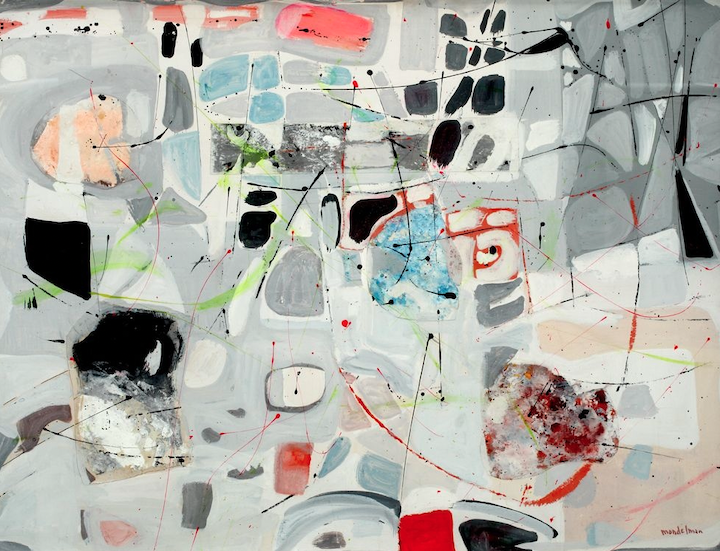
With living artist, if you are seriously wanting to get into collecting, I strongly suggest you get to know the artists whose work intrigues you.
The the most satisfied collectors I know are the ones who have developed personal relationships with the artists they collect. In so doing, everything they own has much more personal meaning. It tells a story–yes a story of the artist–but the collector gets to add his or her own story to it.
This is easier said than done, especially if you are not immersed in the art scene. And, honestly, some of the most important works done in an artist’s lifetime are sometimes the most difficult to live with; they are too confrontational or too intense. Sometimes it takes years for society to catch up with what artists are putting out in the world; it’s easier and safer for people to poo-poo something strange or radically new than it is to stand up for works of art that make others feel uncomfortable. But this is the art the connoisseur wants because it will bear witness to something very personal and, in so doing, something universal.
Because connoisseurs want quintessential works of art, they can, in their haste when something comes up for sale, be fooled by an imitation—that piece of art that was too good to be true. Knowing how much research Rob does, I was surprised by his answer when I asked if he’d ever bought a fake.
His response:
“You haven’t lived until you’ve bought a fake.”
How to avoid buying a fake?
In a word: provenance.
Provenance is the record of ownership and is used to establish legitimacy of a work of art by tracing it to the source, whenever possible. If you’re buying from a living artist, provenance is easy. Your job is to keep good records should you decide to sell. With deceased artists, it can get murky and often requires some sleuthing, but this will be time well spent, especially if you can avoid a costly mistake.

When researching provenance, Rob suggests asking the following questions:
Where and when was the piece created? What were the circumstances of its creation? Was it exhibited? Where and when? Are there written reviews of its exhibition? Was it acquired by a museum or someone important? Was it stolen? Is the piece signed by the artist? Is there an inscription on the piece? Was the piece conserved or altered in any way?
Collecting on a Budget
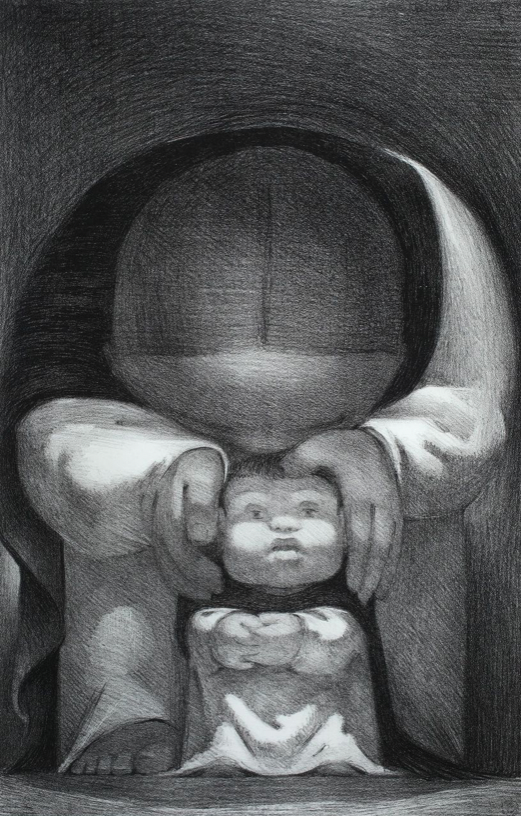
We are all bound by our financial circumstances. Luckily, there are many places to start that do not require large sums of money, such as hand-pulled prints and photography. But again, consider first and foremost what most intrigues you. From there, Rob stresses that you should never pursue collecting for financial gain.
“If you acquire the best of the best,” he said, “and you have a bit of luck, your collection may appreciate substantially.”
Here’s a little known secret of the art world…
Lots of collectors and dealer won’t sell to someone who is buying for the wrong reasons. I know this sounds crazy, especially if you’re under the impression that everyone in the art world is starving.
The art market can be exclusionary, secretive, and opaque. It is also very small and gossipy, so much so that bargain hunters might discover that they have been blackballed on a national level from buying desirable works. They may also learn they have not even been given the opportunity to buy seminal pieces.
There are several reasons why. Bargain hunter’s collections are often replete with inferior works purchased for the autograph, not the quality. Dealers and artists don’t want important work seen amid a sea of bad art.
Second reason: no collectors want to discover their efforts in finding quintessential pieces was for naught, that those pieces have been locked away in storage. Many collectors won’t sell their best things to a rookie buyer but will instead hold out for the opportunity to place those important objects in a museum where they can be shared with a larger audience.
The third reason is that bargain hunters, simply by making low-ball offers, have shown their lack of commitment to collecting and their inferior aesthetic sensibility.

Paying a Fair Price
Part of connoisseurship is understanding the market. To build your knowledge, keep track of national sales and auction results. Over time you’ll see how works of similar sizes, by the same artist, go for very different prices–sometimes dramatically different. You’ll learn, through this exercise, what makes one work of art more desirable than all the others.
The mistake new collectors make with this information, however, is vital to understand. Pricing by the square inch is for works by living artists. Pricing of work by deceased artists is based on provenance—who owned it—and by those quintessential qualities that make that particular piece more desirable amid an artist’s entire oeuvre.
Experienced connoisseurs often know the works they want to add to their collection and where those pieces are hiding or where they were last seen. They also know that the most prized works rarely sell in a gallery or at auction; they are bought and sold quietly and discretely and only into collections where the work will be cherished, protected and available should a museum want access.
So, what do you do if you find a work of art you desperately want only to learn the price is out of your range? You have two options: pony up or walk away.
Finding Unique Objects
Collectors are hunters; they are constantly on the prowl.
“The internet is a godsend for collectors,” Rob said. “I research the period that I collect, and delve into archives to find newspaper articles, exhibition catalogues, inventories, and correspondence. I will even do genealogical searches to track down family members and colleagues. I’m in contact with dealers, galleries, auctions, curators, and scholars. And, most importantly, I communicate with other collectors.”
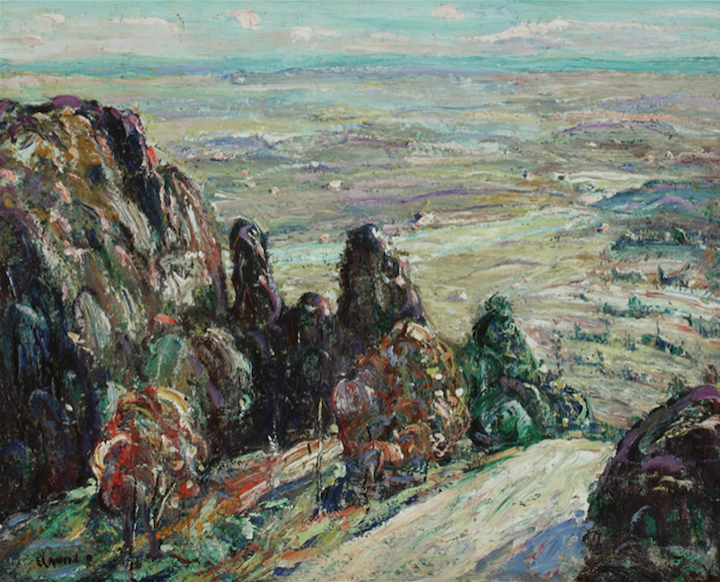
Know What You Don’t Know
“As a collector, I have learned so much from so many,” Rob said. “I’ve had many mentors, advisors, and colleagues. It’s what makes collecting so gratifying. I have been surprised at the willingness of others to share their knowledge and insight. Everyone as an opinion, and it may not be the same as your own, but it may be valuable. You may start as a collector, but if you listen carefully, you will become a connoisseur.”



